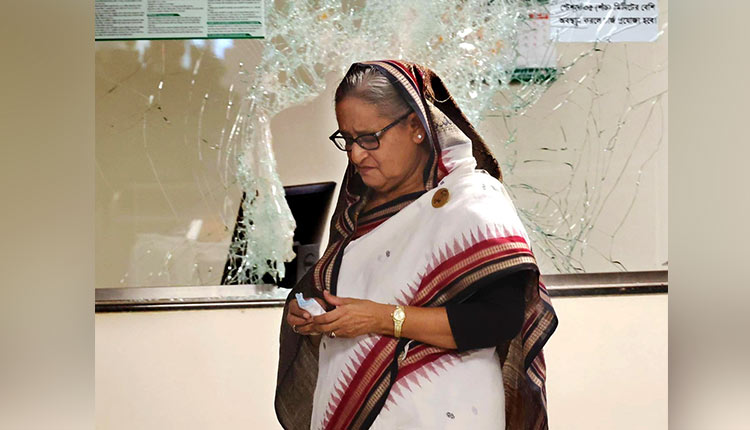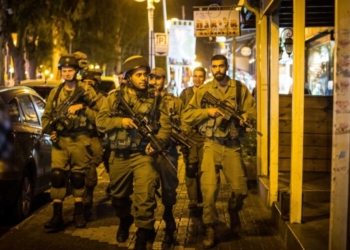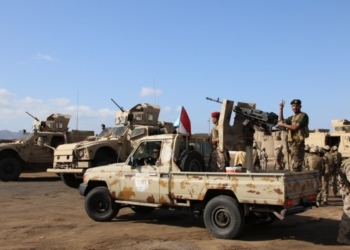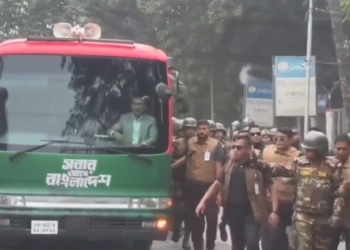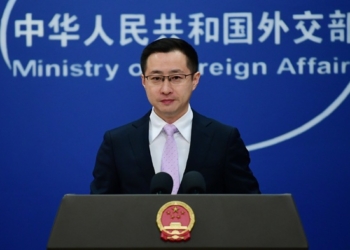New Delhi: The fall was swift. It had not been expected that Prime Minister Sheikh Hasina, having played a pivotal role in the restoration of democracy in Bangladesh, would someday be forced not only to leave office in disgrace, but make her way out of the country.
The story of Sheikh Hasina’s rise and fall merits detailed analysis. But, it is the incidents of the past one month which are today regarded as instrumental in her fall from power.
It all began with a rather innocuous movement by students against a quota system for government services which, earlier abolished in 2018, was recently restored by the High Court. Briefly, the quota system reserved as much as 30 per cent of government jobs for the children and grandchildren of Bangladesh’s 1971 freedom fighters.
Overall, 56 per cent of jobs under the quota system went to the descendants of freedom fighters as also to other groups such as women and indigenous communities.
Once the quota system was restored by the judiciary, protests began to be voiced by students on the ground that reservations of government jobs for particular groups in such high numbers precluded the possibility of merit being taken into consideration in examinations for recruitment to the civil service.
The protests were peaceful, but the mistake committed by the government was to go for a knee-jerk reaction.
Sheikh Hasina’s abrasive comments on the students’ protest left the young angry. Worse, it was the comment by Obaidul Quader, General Secretary of the ruling Awami League and a senior minister in the Cabinet, to the effect that the Chhatra League, the student’s wing of the ruling party, was enough to tackle the protests which further inflamed passions.
Of course, the government went for damage control with the Supreme Court rescinding the High Court move and reordering the quota system in favour of an assessment of merit at civil service examinations and other government jobs.
The move came rather late in the day.
The protesting students refused to back down and instead began to make other demands, the last one of which was the resignation of the Prime Minister and her government.
The authorities, unwilling to acknowledge the rising tide of public dissatisfaction against the government, opted for increasingly harsh measures to quell the protests. The security forces, including the police, the Rapid Action Battalion, and Border Guard Bangladesh were deployed against the protesters.
The consequences were grave. No fewer than 200-plus people died when the security forces went into action. Students were picked up at random and placed on harsh police remand. Disorder intensified on the streets.
From there on, it was clear that the protests were no more in the hands of the students but had proliferated into a wider campaign against all the accumulated grievances of the general public against the massive web of corruption which had only widened in the past many years.
Besides, rising prices and the pernicious role of syndicates in the manipulation of the market were good reasons for very large sections of the population to identify themselves with the students’ movement.
Neither a later imposition of curfew and a calling in of the army to restore order helped. Add to that the long-held public grievance over the three ‘flawed’ elections the Awami League government had presided over since 2014.
It was clearly a storm gaining in intensity and waiting to sweep across the country. The government’s refusal to see it coming, together with its arrogant response to the students, clearly was indicative of its growing inability to stem the situation.
The final straw for the government came on Sunday when its student and youth wings went into violent action against the protests, which led to more than a hundred fresh deaths. As many as 13 policemen were lynched by infuriated mobs.
The protests apart, it also needs to be borne in mind that when Sheikh Hasina spoke in those final days of a concerted campaign by Islamist forces and other opposition groups to overthrow her, it was food for thought.
Add to that her public references to what she believed was the aim of the United States to have her government fall. She was never apologetic about those remarks, which again are a subject for analysts to study now that she has fallen.
The sadness in Bangladesh today is the ignominious manner in which Sheikh Hasina had to flee the country. Once a leading voice in the struggle to restore secular democracy in the country, being the daughter of Bangladesh’s founder Sheikh Mujibur Rahman, her style of governance progressively dwindled into a system where she relied more and more on sycophants.
That was the ultimate in the tragedy, given that her government in these past 15 years had led Bangladesh to enviable economic prosperity to a point where the country is now poised to graduate from LDC status to that of a middle-income country in 2026.
Her foreign policy was a fine balance, the focus being on maintaining close ties with India and correct relations with China, Russia, and the European powers.
At home, she initiated constitutional moves that paved the way for the trial of her father’s assassins and the ageing collaborators of the 1971 Pakistan occupation army.
Sheikh Hasina’s exit is the end of a decisive political era in Bangladesh’s history. The future is now uncertain, despite the country’s army having engineered her safe exit from Dhaka and initiating moves to have an interim government take charge.
For Bangladesh, which is today an embarrassing reminder of Sri Lanka as it was a few years ago when its leadership was forced from office by public protests, the imperative will be to ensure that the principles of secular democracy which underpinned the War of Liberation – principles which were undermined by successive military and quasi-military regimes after August 1975 – are maintained and that the country is not pushed back into the communal darkness from which it was retrieved by the Awami League under Sheikh Hasina.




